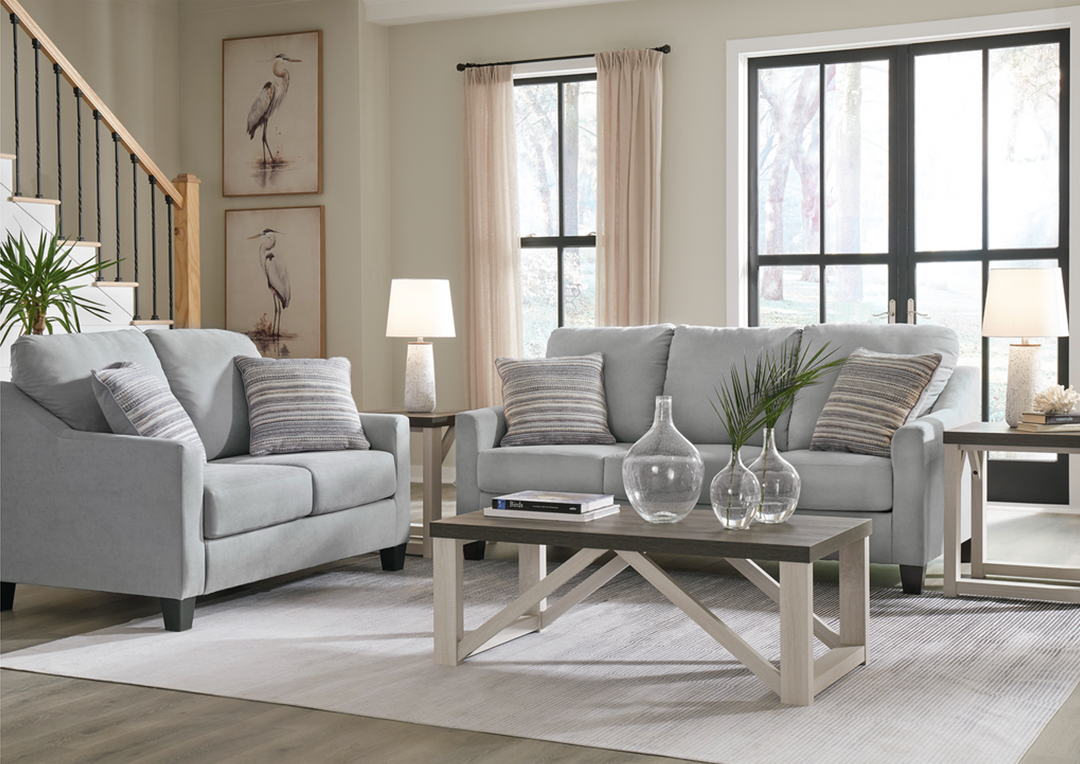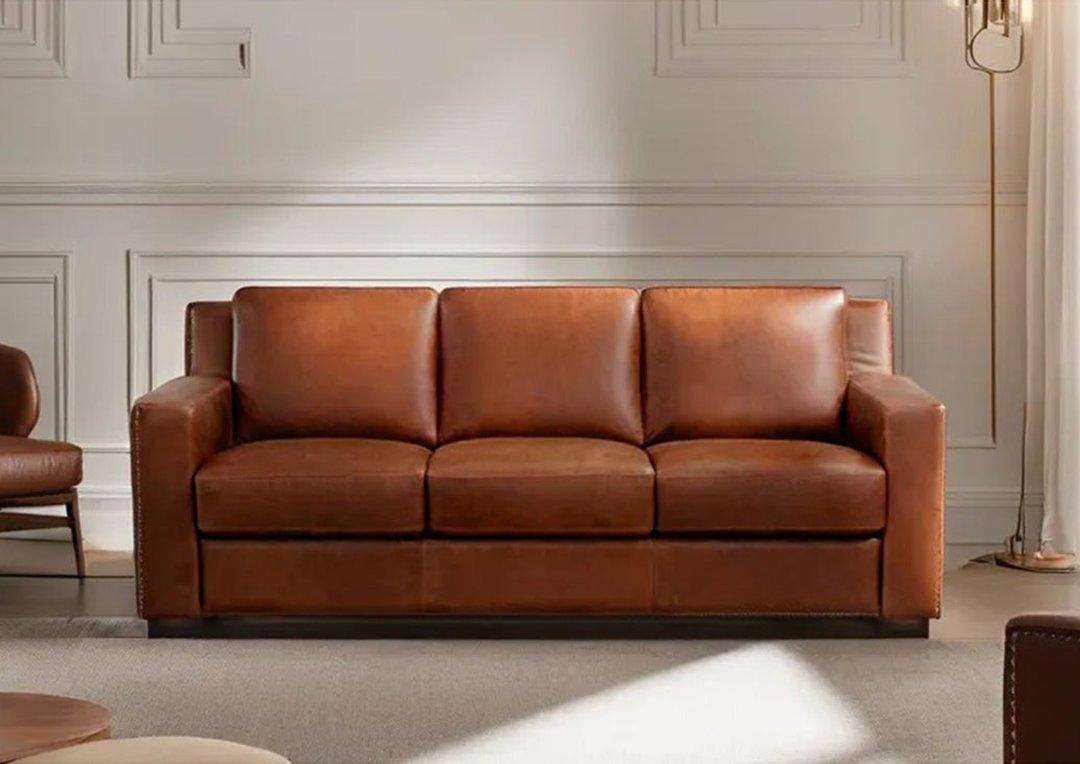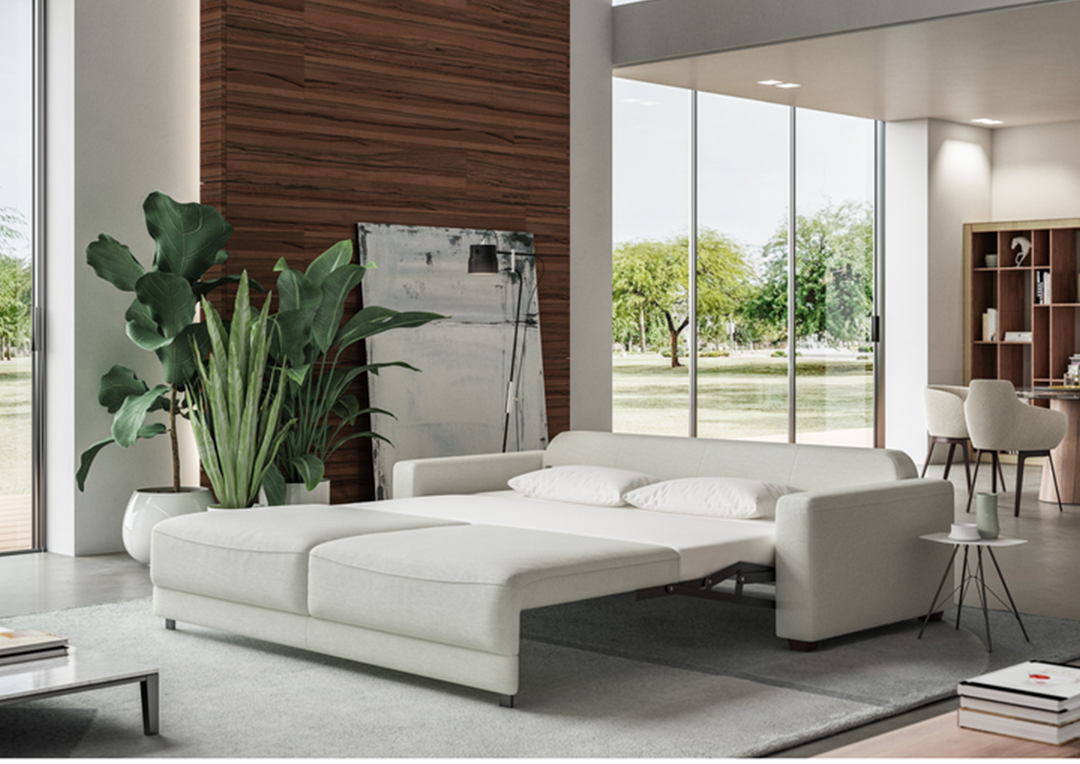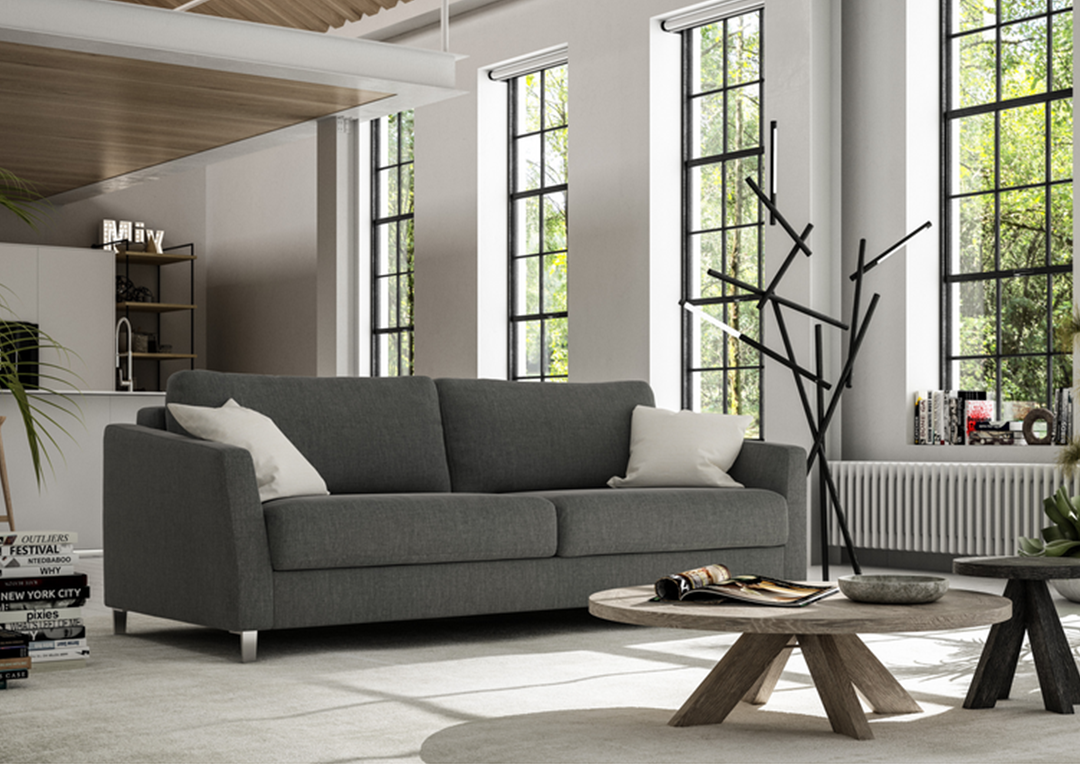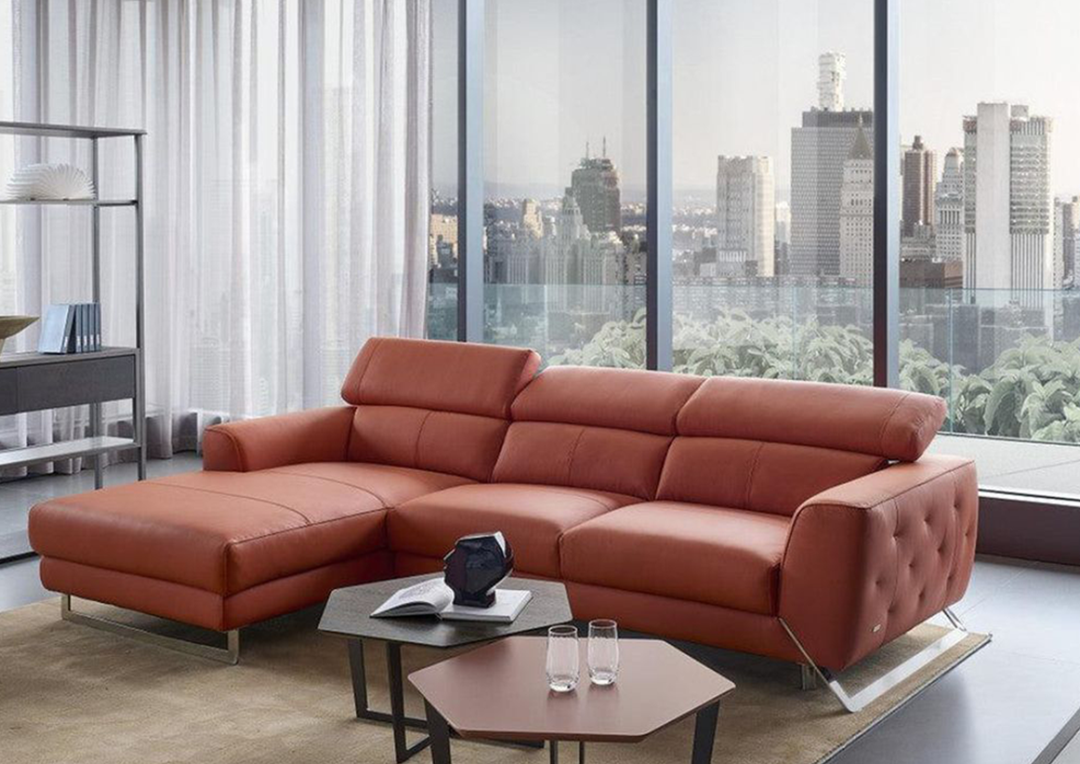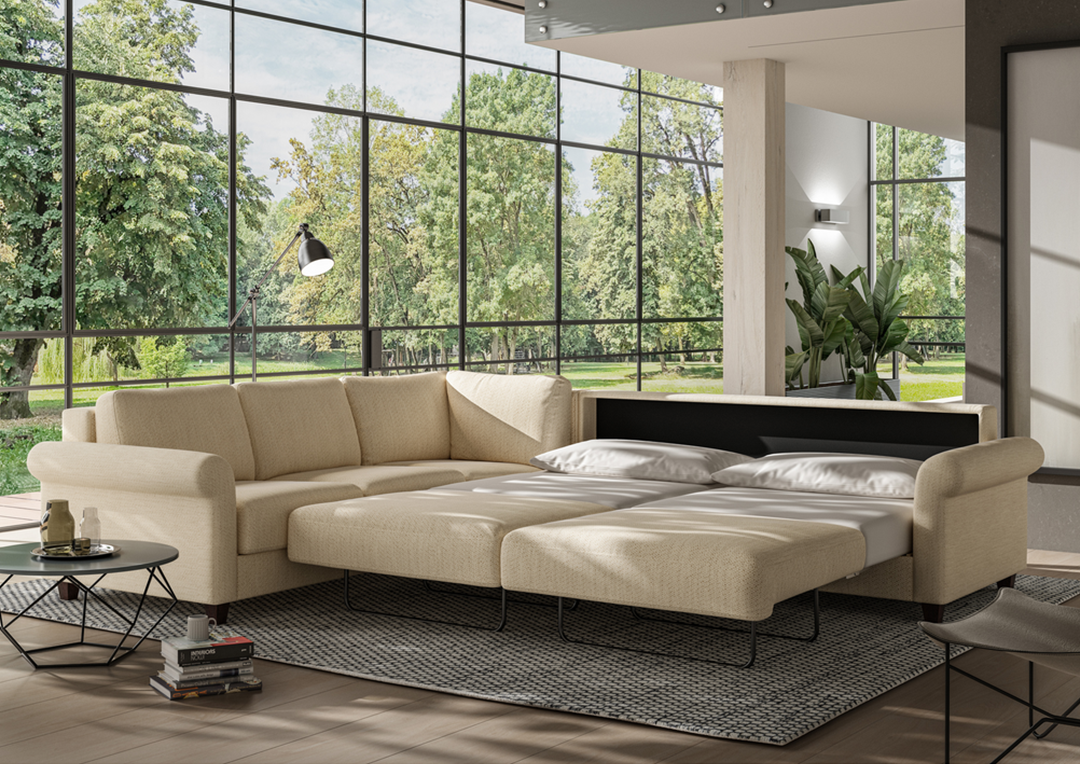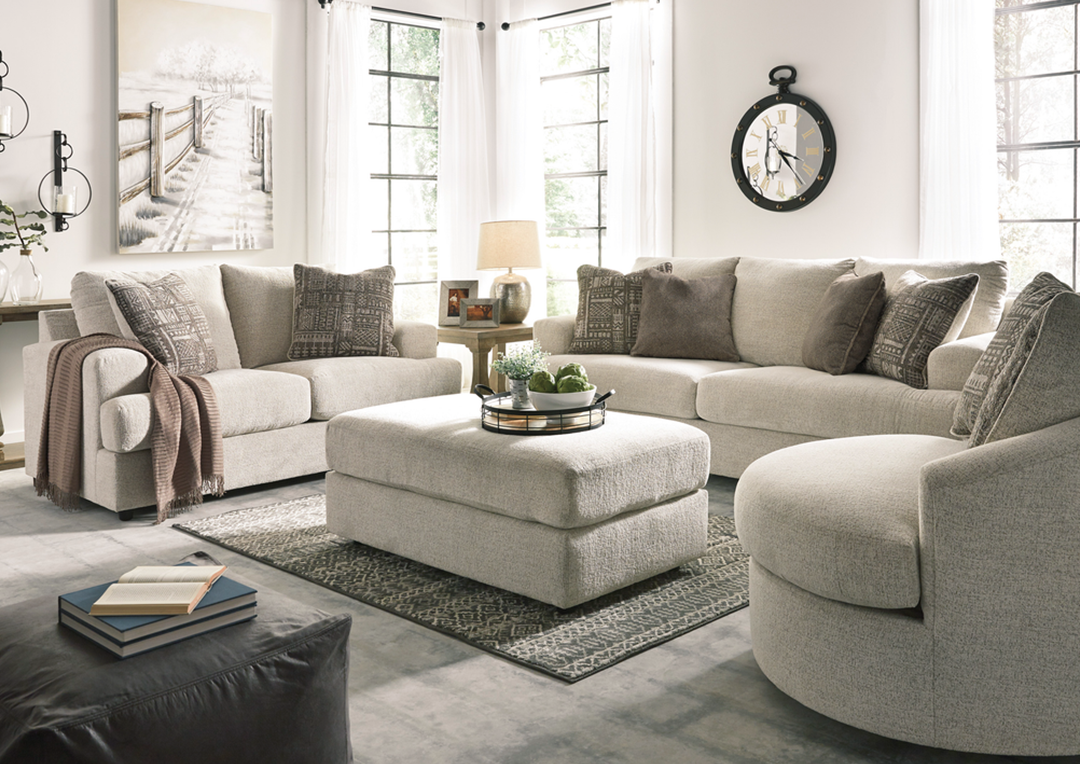How to Clean Sofa Cushions? - Step-by-Step Complete Guide

TABLE OF CONTENTS
- Step-By-Step Guide On How To Clean Sofa Cushions
- Step 1: What Does Your Care Label Say?
- Step 2: Removable Vs. Non-Removable Covers
- Step 3: Start With The Basic Maintenance Tips
- Step 4: Spot Cleaning Stains
- Step 5: Deep Cleaning Methods
- Odor Removal Tips
- Dealing With Pet Hair And Allergens
- When To Call A Professional?
- Conclusion
Sofa cushions with bad odors are a big headache. It symbolizes that your cushions need to be cleaned immediately.
The problem with cushions is that they don't just look dirty when you see it via your naked eye but unknowingly it can trap dust, allergens, and odors over time. If you think that tossing them into the washing machine is always simple, think again.
Because sofa cushions come with different fabrics, fills, and covers and thus need different care. If you clean them the wrong way, it can ruin them. So you need the right approach to bring your sofa cushions back to life without ruining them.
In this guide, we will break down the process step-by-step on how to clean your sofa cushions.
Step-By-Step Guide On How To Clean Sofa Cushions
Step 1: What Does Your Care Label Say?
Check the care label, usually located on the cushion seam or under the seat. This label contains standard cleaning codes that tell you what type of cleaning products and methods are safe to use.

"W" means only using water-based cleaners to clean the sofa cushions. "S" means only solvent-based cleaners and strictly no water. "WS" allows both water and solvents to clean it. And lastly, "X" means vacuum only and here professional cleaning is recommended.
Using the wrong method can damage the fabric, cause shrinkage, discoloration, or leave watermarks, basically it ruins the fabric material. If no label is visible and if you are confused which one to pick, test any cleaner on a small hidden area first before going full fledged.
Step 2: Removable Vs. Non-Removable Covers

After checking the cleaning code of the fabric, the next thing to do is to check if your cushion covers are removable or non-removable.
Removable sofa cushion covers cut down half of your cleaning work. You can either machine wash them, hand wash, or opt for professional dry cleaning based on the fabric and care instructions.
Non-removable cushion covers, on the contrary, have sofa covers fixed to the sofa cushion and demand a different approach. Because if you soak these cushions in water, the moisture can get trapped inside and cause unwanted trouble like mildew formation or unpleasant odors.
In many cases, steam cleaning or using a fabric-safe upholstery cleaner is considered the best approach for such situations.
Step 3: Start With The Basic Maintenance Tips

- Vacuuming
Regular vacuuming is the little secret that can keep sofa cushions clean and fresh. It's best that you aim to vacuum them at least once a week to remove surface dust, crumbs or anything that can cause trouble.
Use a brush or upholstery attachment to avoid damaging the fabric. Plus the attachments also help you get deep into creases and seams where debris collects.
For best results, it's important to move the cushions around and vacuum all sides. Consistent vacuuming not only maintains cleanliness but also helps prolong the life of your sofa by preventing buildup that can wear down the fabric over time.
- Fluffing & Rotating
Over time, with repeated use, the sofa cushions tend to lose their shape and become flat or uneven. Here, fluffing cushions maintain their shape and comfort
Fluffing cushions help maintain their shape and comfort over time.
It's recommended to fluff the cushions daily or weekly to redistribute the filling and restore the cushion's loft. If your cushions are reversible, flip or rotate them regularly to ensure even wear and avoid one side becoming more worn or sunken than the other.
Step 4: Spot Cleaning Stains

Stains are quite normal as we tend to sit on the sofa to munch snacks or sometimes even have our meals on it and watch the television.
- Identify The Sofa Cushion Stain Type
Before cleaning, it’s important to know what caused the stain so you can treat it effectively.
- Greasy stains like butter or oil respond best to dish soap, as it can easily break down oils.
- Protein-based stains, such as milk, blood, or egg, should be treated with cold water to prevent setting.
- Tannin stains, like coffee, tea, or wine, can easily be cleaned up with mild detergents.
Identifying the stain type helps you avoid making it worse with the wrong cleaner or temperature. When in doubt, always test your cleaning method on a hidden spot first.
- Use Appropriate Cleaners
After identifying the stain type, it’s best to choose the right cleaner to get rid of the stain. You can prepare a simple DIY solution using warm water, a few drops of dish soap, and a small amount of white vinegar that’s safe for most fabrics.
If you find tougher stains, go for store-bought upholstery cleaners as they are much more effective. A quick note here is to check if the cleaner is compatible with your fabric type (check the care label first).
Avoid using bleach or harsh chemicals, as these can damage fabric or cause discoloration. Always follow product instructions and test cleaners in an inconspicuous area before full use.
Step-By-Step Spot Cleaning Process
- Try to bolt any stain immediately using a clean, dry cloth and soak up excess liquid. Be sure not to rub the spill as that can spread the stain.
- Apply the cleaner to a cloth and dab the stain gently from the outer edge inward to contain it.
- Rinse the area with a clean, damp cloth to remove any cleaner residue.
- Blot dry, then let the cushion air dry completely to prevent mold or mildew. Repeat this procedure if needed, but always allow enough drying in between.
Step 5: Deep Cleaning Methods
Sometimes regular cleaning methods won’t do the job. You need to dive in deep to remove the stains or odors that your sofa cushions have collected. Below, we have explained it for both removable and non-removable covers.
- Washing Removable Covers

If your sofa cushions come with removable covers, deep cleaning is much easier. Start with checking the care label to confirm if machine washing is safe. If yes, you can go with cold water, a mild detergent, and the gentle cycle to wash the sofa cushion covers. This way you can prevent shrinking or fading.
Plus, make sure you zip up the cover before washing to avoid damage. For delicate fabrics, hand washing in cool water is safer.
Air drying the sofa cushion covers is gentler and prevents shrinkage. Avoid using a dryer unless the label says it’s okay. Before you put back the cushion cover, ensure it is completely dry.
- Cleaning Non-Removable Cushions

For cushions without removable covers, things are a little complicated but with much patience you can get it done.
Non-removable sofa cushions need surface cleaning methods. Steam cleaning is effective and safe for many fabrics, just make sure to test a small area first.
Another recommended method here is to use foam upholstery cleaners: apply the foam, gently scrub with a soft brush, and let it dry completely before vacuuming the residue.
If odors are present, sprinkle baking soda over the cushion to absorb odors and loosen dirt and let it sit for 15–30 minutes. Then vacuum thoroughly.
Odor Removal Tips
If unpleasant odors are your number one concern, there are simple ways to eliminate them. These odors can build up in sofa cushions over time due to sweat, food, pets, or spills.
One of the easiest ways to tackle this is by using baking soda, sprinkle it generously over the cushions, let it sit for 20–30 minutes, then vacuum it up. Baking soda naturally absorbs odors without damaging the fabric.
For deeper smells, lightly mist cushions with a vinegar and water solution (1:1 ratio), but avoid soaking them.
Place cushions in indirect sunlight to air them out naturally. Fresh air and UV light help kill odor-causing bacteria.
Dealing With Pet Hair And Allergens

If you have pets or have your sofa placed in an open setup, then pet hair and allergens can quickly start building up on your sofa cushions.
To remove pet hair, use a lint roller and run it over the fabric to lift hair easily.
For deeper cleaning, use a vacuum cleaner with a pet hair attachment to remove the embedded fur and dander.
To reduce allergens like dust mites, consider using a hypoallergenic fabric spray or steam cleaning periodically. Or add a slipcover as a simple remedy to keep the sofa away from unwanted particles getting collected on it.
Washing removable covers in hot water (if fabric allows) also helps eliminate allergens.
Preventive Care For Sofa Cushions
- Use Of Slipcovers Or Throws
Slipcovers or decorative throws provide a protective barrier against spills, stains, and daily wear. They are especially useful in homes with kids or pets, as they can be easily removed and washed. But make sure you choose machine-washable materials for added convenience and rotate them regularly to keep things looking fresh. Slipcovers also offer a way to update your sofa’s style without replacing it.
- No-Eating Zones
Avoid eating or drinking on the sofa to reduce the risk of stains and crumbs. This can be a big deal for some people. But if you constantly end up spilling or making the space dirty, it’s good to establish no-eating zones that help maintain cleanliness and minimise the need for frequent spot cleaning.
- Cleaning Schedule
Stick to a regular cleaning routine: vacuum weekly, fluff and rotate cushions, spot clean as needed, and deep clean every 3–6 months. This consistent care keeps your cushions looking great and extends their lifespan.
When To Call A Professional?

- Persistent stains that resist home cleaning.
- Heavily soiled or delicate fabrics (like silk, velvet).
- Deep odors (e.g., pet urine).
- Yearly maintenance for high-end furniture.
Conclusion
Regular cleaning of sofa cushions doesn't need to be a hassle. By understanding your fabric type, sticking to a maintenance routine, and treating stains quickly, you can keep your sofa looking and smelling fresh for years. You can either tackle it yourself or hire the pros to clean cushions. That's your call, but eventually, you just want the cushions to look good with no foul smell.


